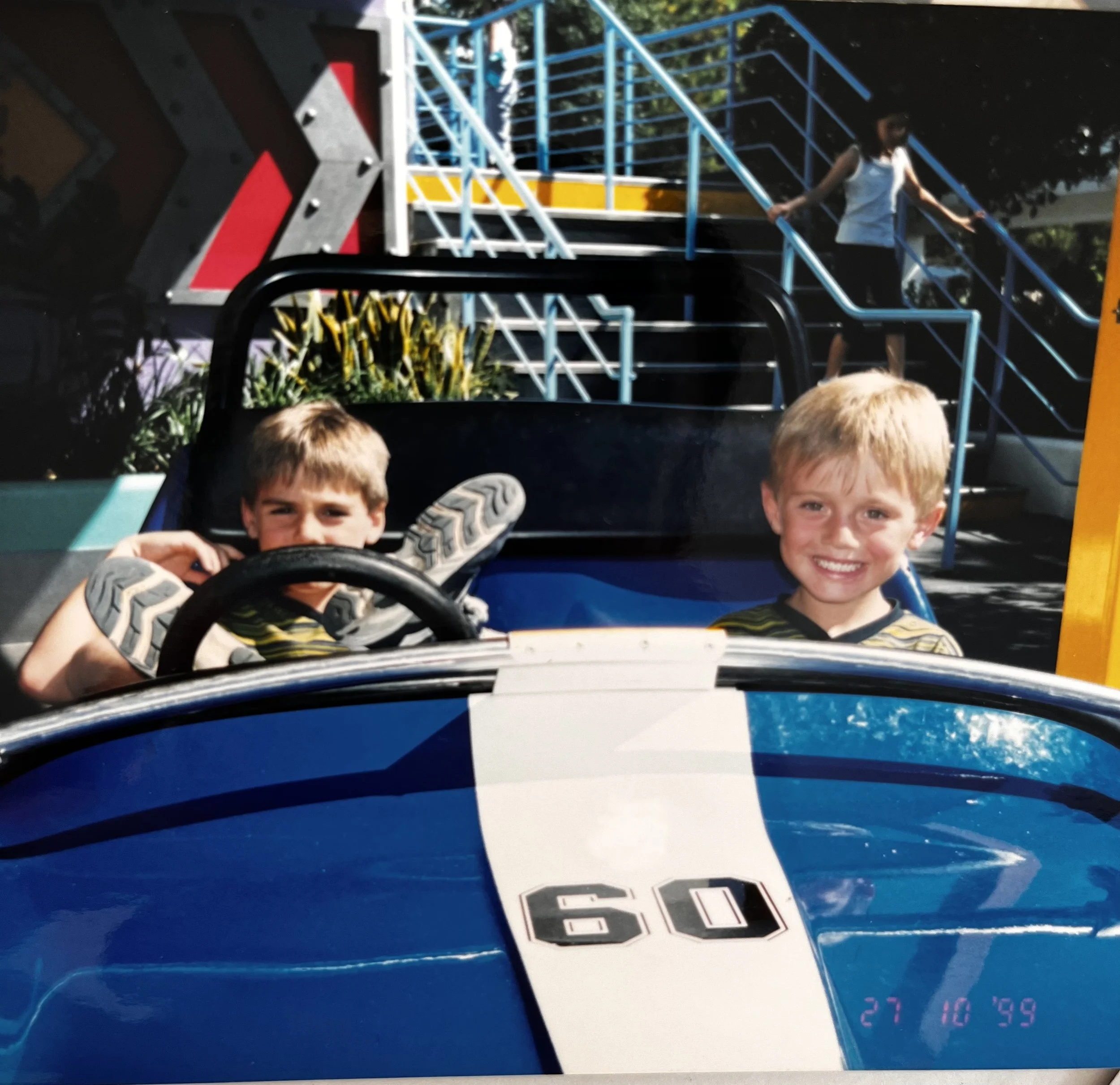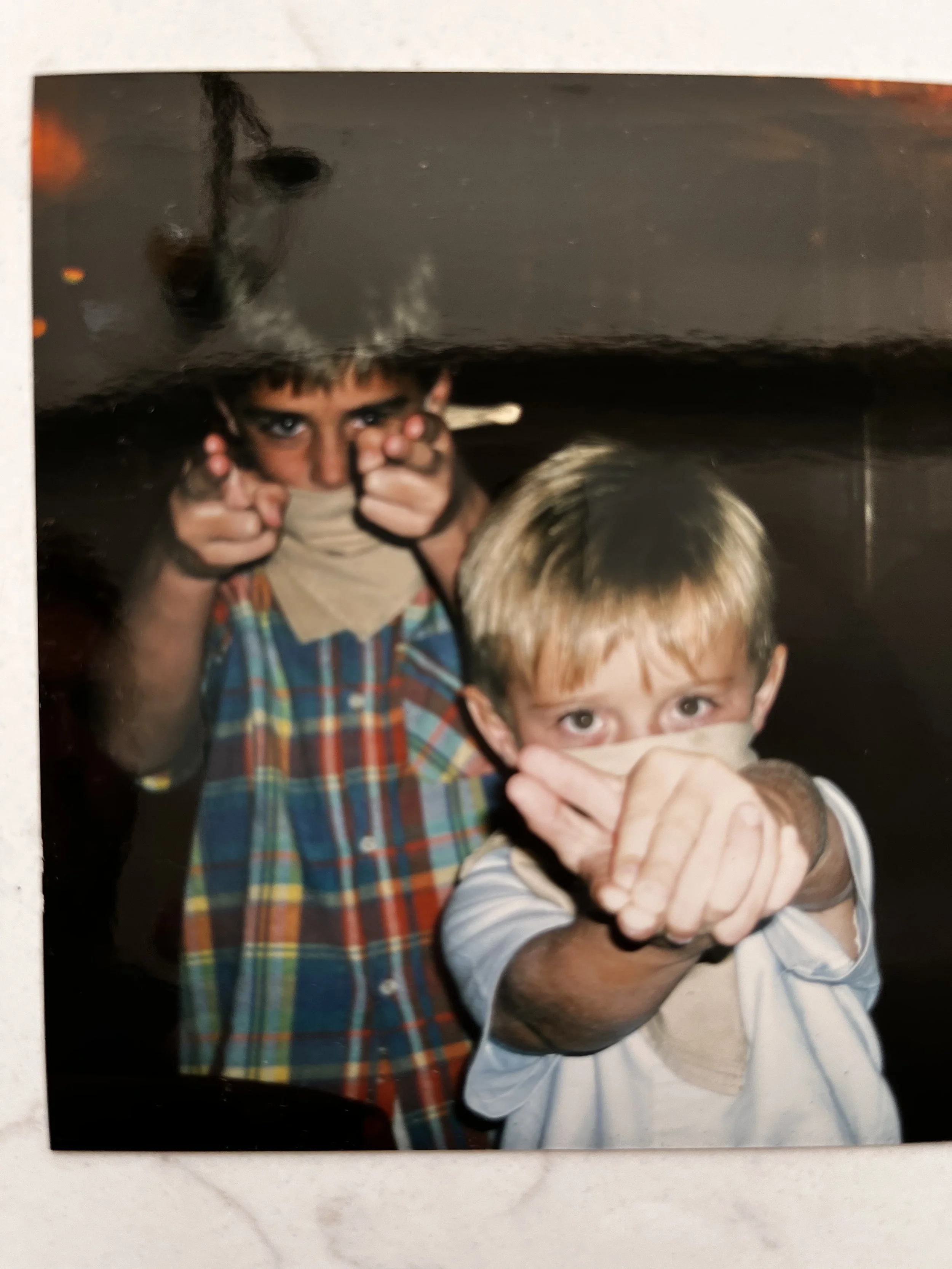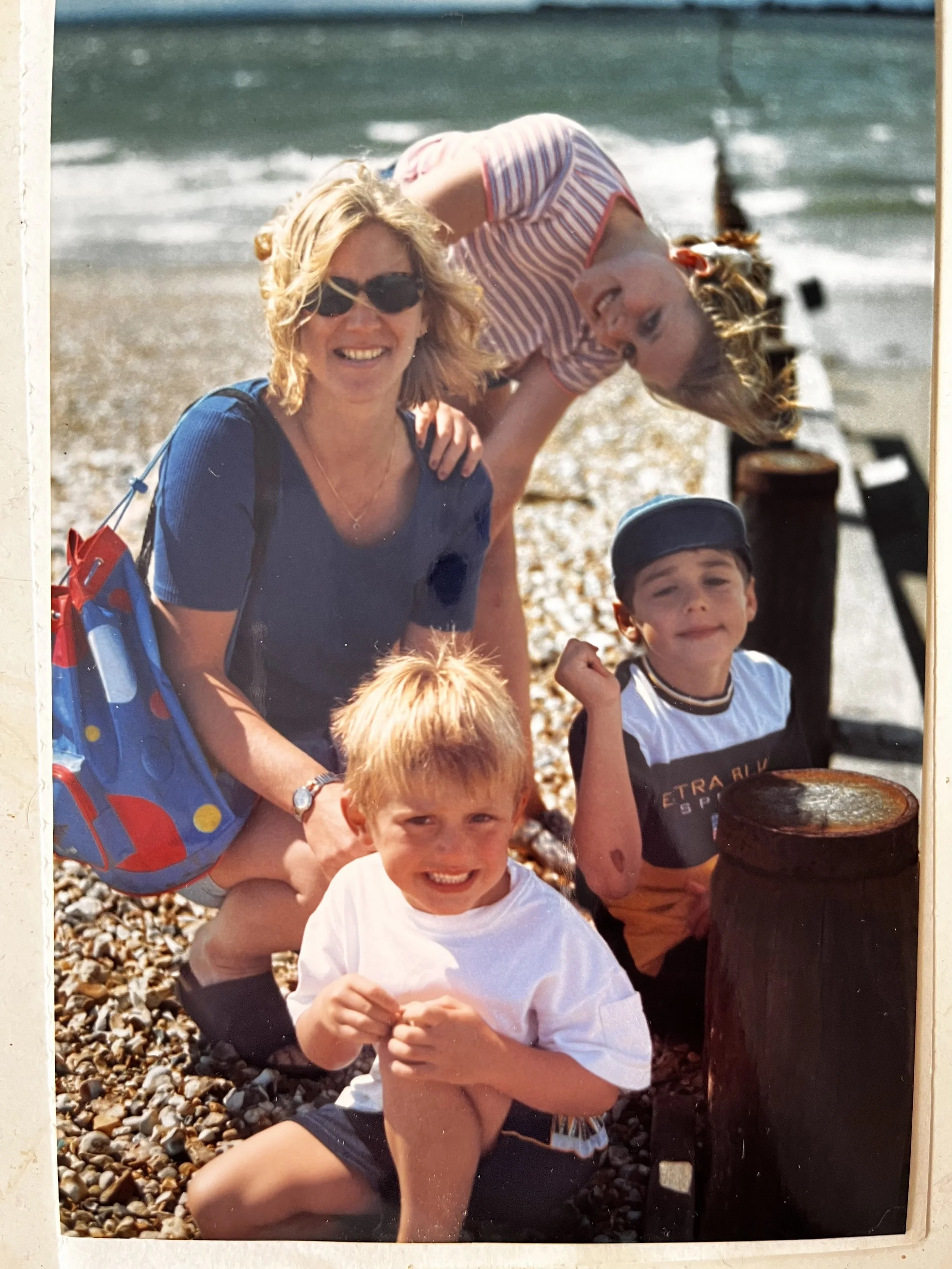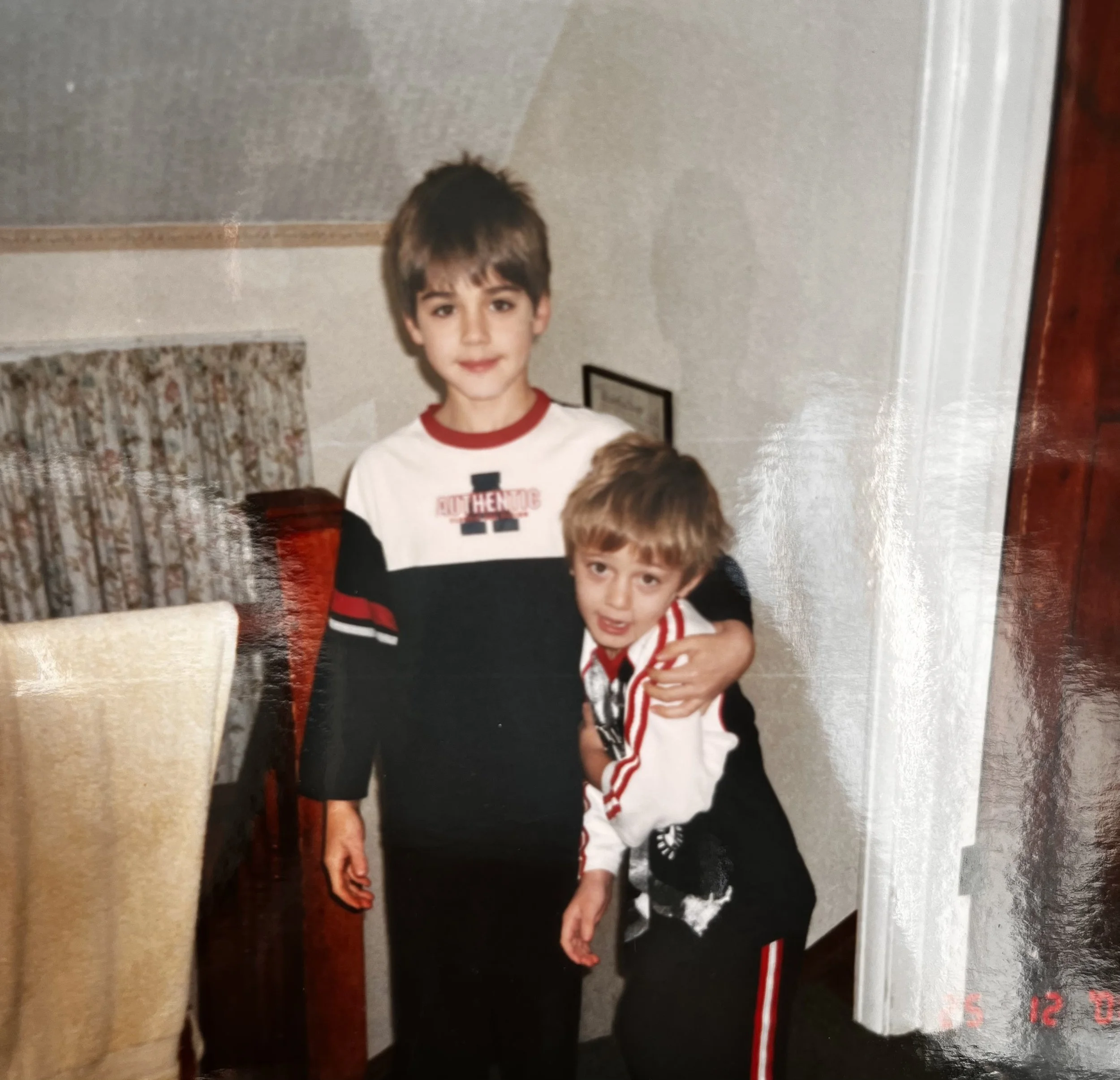For the Record, Son is a short documentary that examines generational memory, nostalgia, and the mediation of family identity through various formats of recording. The work traces four generations of my family - my grandfather Brian, my father Paul, my brother Christopher, myself, and my nephew Calahan. Through converted archival footage (1991–2025), still photography, digital video, and voice recordings, I drew from personal archives, recently recorded footage and theories including Boym’s (2001) concept of reflective nostalgia, Hirsch’s (2012) post-memory, and van Dijck’s (2007) mediated memory, to investigate how family identity is constructed and transformed through time.
The research originated from the digitisation of decades of old recordings, converting my father’s film archive into a digital format. High-8 tapes filmed by and belonging to my grandfather and father, were integrated with my own still and new moving-image practice. This process constituted both archival recovery and emotional labour.
For the Record, Son adopts a reflective rather than restorative nostalgia (Boym, 2001), promoting emotion, subjectivity, and fragmentation over objectivity. Hirsch (2012) conceived post-memory, which is a relationship to the past mediated not by lived experience but by images and stories. Through the editing process, this inherited material became a personal encounter, forming a connection with both living, deceased and future relatives. Not knowing who filmed what leaves an air of mystery and potentially, the sensation of a single illusive, cohesive and continual identity as though we have all become or are becoming the documenter of our individual time.
A recurring realisation was that there is a lineage of male documentarians within the family. The act of recording, first by Brian, then Paul, and later myself, demonstrates an inherited need of documentation. The camera functions as a symbol and an heirloom, shaping how the family perceives itself and how memory is passed on. This line of unconscious documenters reflects Landsberg’s (2004) concept of prosthetic memory, where mediated experiences become personal and meaningful. For the record, son serves as a documentation of the documenters, themselves.
The film’s transitions, switching from analogue to digital, operate as part subject and part structure. The editing process collapses the decades, blurring distinctions between past, present, and imagined future. In doing so, For the Record, Son reflects on the broader dematerialisation of memory in the digital age (van Dijck, 2007) and the paradox that the abundance of modern-day recording may diminish the quality and value of documentation. I also explored how these worlds and mediums could collide. Like the human memory, they can often be fragmented, messy and nonlinear.
By merging creative experimentation with theory, the work contributes to ongoing exploration into memory, nostalgia, and media transition within contemporary visual culture
Music composer: Jonny Greenwood. All rights reserved 2025








